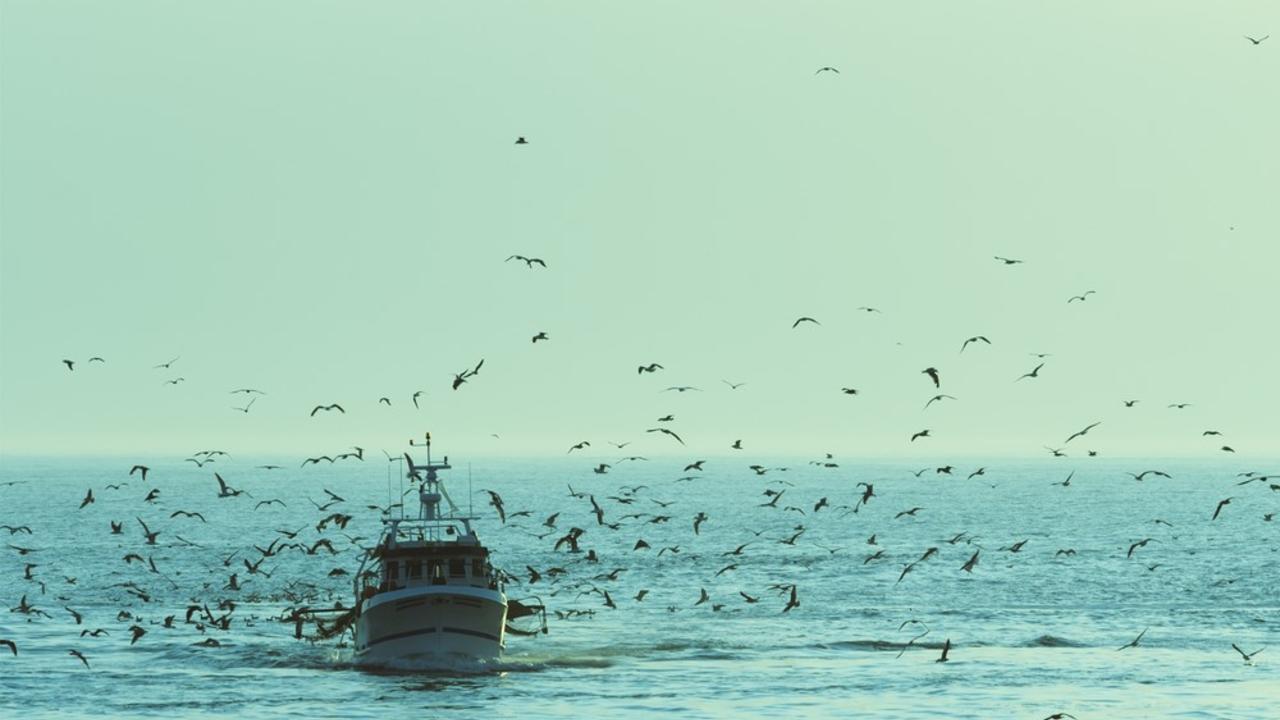Bycatch Donation

Bycatch is the accidental capture of non-target marine species during commercial fishing. Most of the fishing industry will target specific species that are profitable such as shrimp, salmon, cod, and seabass. These are the species of fish that you will often find at markets and restaurants. Bycatch may be marine animals the fisherman doesn’t want, can’t make a profit off of, or are not allowed to sell. Unwanted fish species also includes fish that are too small or the wrong sex. The problem with fishing is that bycatch is unavoidable. Modern fishing gear is extremely strong and able to cover large areas. This gear is often unselective, meaning that it catches the target species as well as many other creatures, whether they are different types of fish or marine animals such as sharks, dolphins, and sea turtles. The bycatch caught by fishermen is often hauled up with the target species, then discarded overboard. By the time the bycatch is released back into the water, the animals are either dead or dying.
Bycatch is a serious issue as the rate at which bycatch species are being caught and killed is so high that these species are becoming threatened and even extinct. The highest rates of bycatch are associated with tropical shrimp trawling. This industry is responsible for more than one third of the world’s total bycatch. The trawl nets, which are cone-shaped nets that are towed behind one or two boats, are notorious for their capture of small organisms and non-target species. In addition to the high rates of marine life mortality, the overall biodiversity of the water bodies from which these non-target species are caught is threatened as well. The removal of important species, like leatherback turtles for example, results in ecosystem alterations, that lead to prey population blooms, biodiversity loss, and uninhabitable waters.
Even when using improved technology and fishing methods, a certain degree of bycatch is unavoidable. So, what can be done with these non-target species? A Seattle-based non-profit called Sea Share works with fisheries to donate bycatch to food banks and homeless shelters instead of simply tossing the unwanted seafood overboard. Healthy protein can be expensive and is often not a staple in the diets of individuals who are struggling with food insecurity. Additionally, Food banks are often severely lacking in nutritious and protein-rich foods such as meat and fish. Sea Share helps to fulfill this need while reducing the amount of food waste that the fishing industry typically produces.
Sea Share has created a collective framework that is made up of whatever product or service a donor can provide. Sea Share has a network of fishers and fishing companies that are willing to donate their bycatch, as well as processors, packaging and delivery companies that are willing to work together to donate high-quality food to hunger relief programmes. How can you get involved? Just one donation of $1 to Sea Share provides 8 servings of high-protein seafood for an individual or family in need.
Stay connected with news and updates!
Join my mailing list to receive the latest news and updates. Your information will not be shared.

